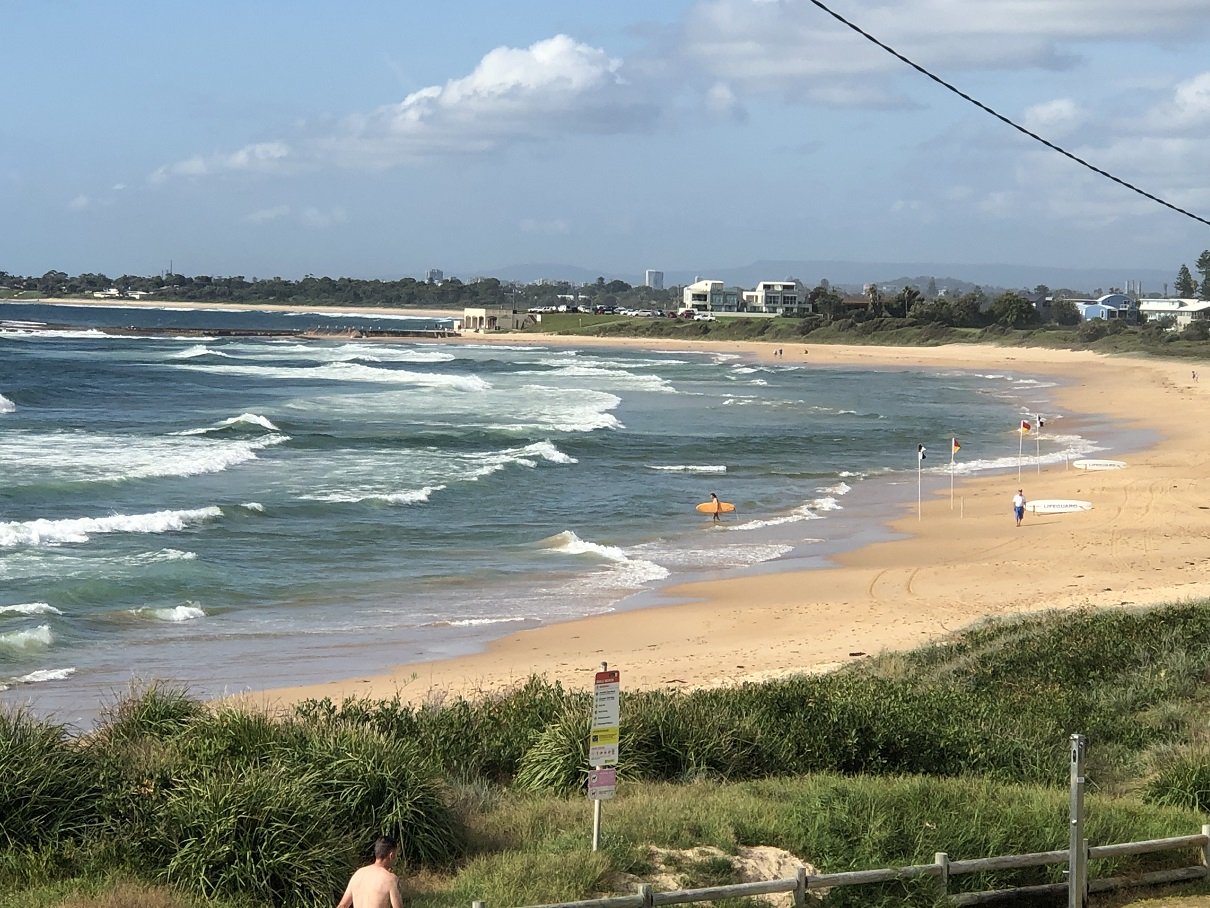Rip Spotting 101
This blog was originally published in the December 2022 issue of the Illawarra Flame magazine
it’s been a while since I’ve written about rip currents (as much as it pains me not to), but as we head into summer, it’s worth asking yourself – do I know how to spot a rip? Unless you’re a surfer or regular ocean user, the answer is probably ‘not as well I should’ or just ‘nope’. You’re not alone. Studies have shown that at least 60% of us don’t know to spot a rip. That’s a big problem because rips are ubiquitous features on our surf beaches and cause an average of 26 drownings per year. That’s more fatalities in an average year than those caused by bushfires, floods, cyclones and sharks – combined. It’s easy to avoid rips if you swim between the flags when lifeguards/lifesavers are present. The problem is that outside of cities and populated areas (think most south coast holiday destinations) most beaches don’t have lifeguards. So what should you do when you visit an unpatrolled beach? Learn how to spot rips first.
It's not easy. You first have to understand that rips are strong, narrow, seaward flowing currents that occur on any beach that has a wide area of wave breaking, an area called the surf zone. Waves break and bring water to the beach and it has to get out somewhere, but there’s more to it than that. There needs to be sandbars and deep channels that cause waves to break in some areas, but not in others. The water level always rises a little bit where waves are breaking and will always flow from areas with lots of breaking waves (like over shallow sandbars) to areas where waves aren’t breaking as much (like deep gutters and troughs). That’s what drives rip current flow and you often find rips flowing out through the deeper channels, or gaps, between sand bars. These channelised rips are very common on our beaches and tend to look like narrow, dark green paths through the whitewater – think ‘white is nice, green is mean’. But they are only one type of rip which makes rip spotting tricky.
I’ll talk more about rips next month, but in the meantime do yourself a favour and go to www.scienceofthesurf.com and look at the Rip of the Month page – it’s the largest collection of rip current pictures in the world! And I’ve explained how to spot all 168 of them. Then go to www.ripcurrentsafety.com and follow the links to watch the rip current documentary Rip Current Heroes (or just search for it on YouTube), which was shown on National Geographic, Qantas and Jetstar. It’s essential viewing for anyone who goes to the beach and you never know, it might save a life (and keep the kids occupied for an hour).
There it is. The dark green gap heading offshore past the flags at Bulli Beach, NSW.

